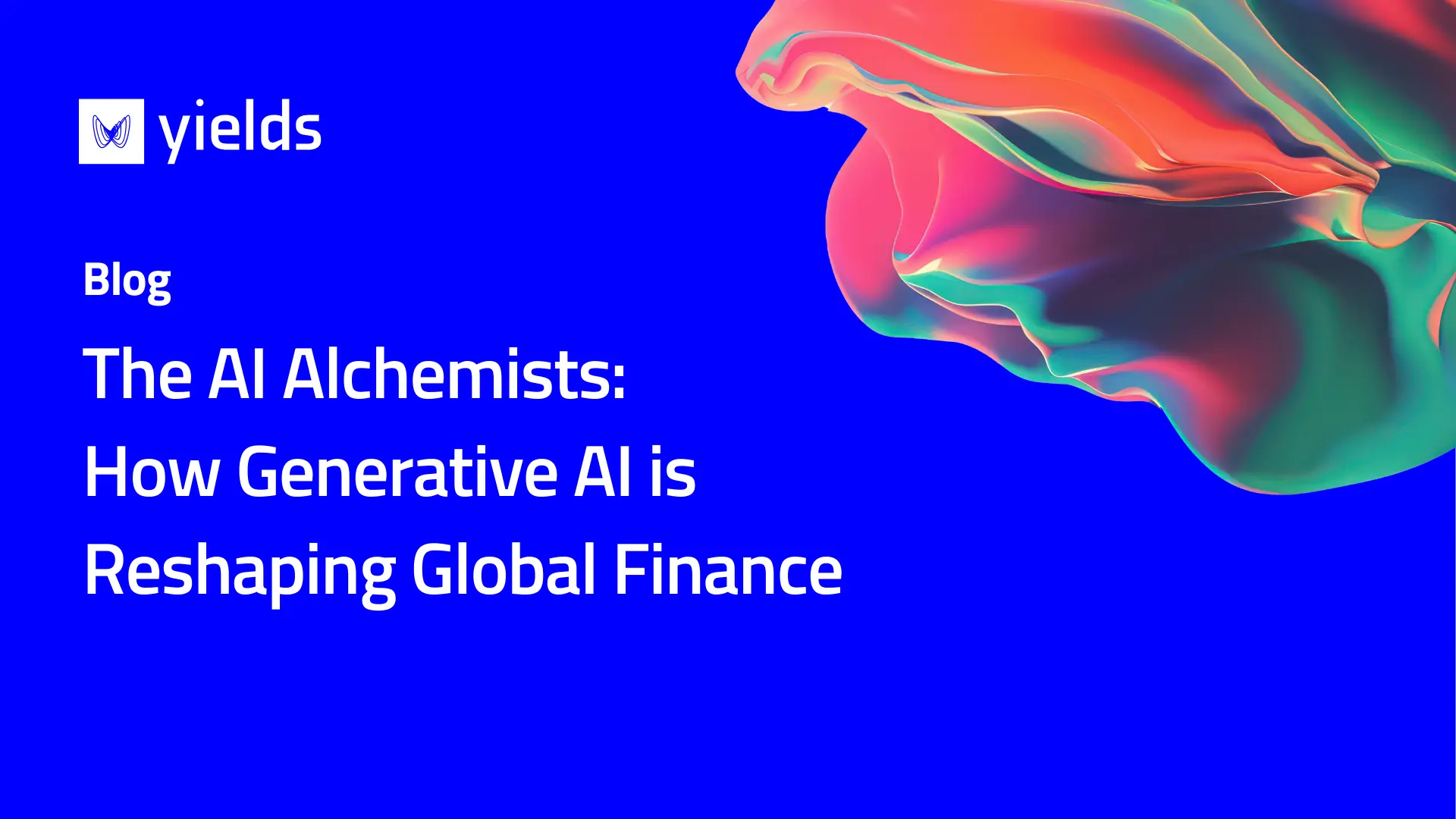Why is a Model Inventory beneficial?
Having a good and well-organized model inventory is beneficial to organizations for several reasons and here are the primary reasons:
1. It helps decision-makers to understand the current status of the models in their model lifecycle
2. It helps identify model risk concentrations. This is applicable in situations where an organization has exposure to a significant number of models that bear a similar type of assumptions or limitations; such that when a particular risk materializes, the impact may be significant.
3. It helps more sophisticated model inventory users to store and organize models’ metadata (e.g. model type) that can be used to structure and better understand the type(s) of test(s) that may be executed more programmatically (e.g. computing Gini Index for credit scoring model type).
How can your company maintain model inventory?
Assess and understand your model inventory
It is highly desirable to assess and understand your model inventory more thoroughly. By doing so, you can have a clearer overview of the risk(s) you are facing at any point in time. For example, you can ascertain the number of models that are presently in use and need to be upgraded, and by how much your estimations may be off by delaying to do so. When your economic capital estimates are incorrect because of unreliable models, both business risk and regulatory risk are involved. In the same vein, failing to accurately predict the probability of fraudulent activities could result in very significant losses and penalties.
Fully understanding your model inventory will also help you ascertain whether your models are still fit for purpose. It will help you understand and manage the ongoing process of enhancing models. An example of such a process is related to “model drift”, or the extent to which your current models have shifted away from their original purpose/predictions and are being used in other ways, perhaps inappropriately.
A wide array of potential model change management requirements and their implications should be accounted for in an effective model inventory and tasks management system. These include determining what stakeholders should participate in the model inventory building and maintenance process and the sequence in which they should take actions; as well as assessing the company’s general appetite for model risk. If there are additional required improvements or training to internal collaboration and communication processes, then they should be undertaken without delay. Likewise, the possible future role(s) of technology solutions should be given prompt and full consideration.
The moment you can truly manage and leverage your model inventory to optimal levels is when you’ll more deeply understand its complexity and the diverse model change processes around it. Organizations that make extensive use of models will most likely benefit from a deeper assessment and, if needed, an upgrade of their model inventory and tracking capabilities. At the same time, the level of governance and control around model inventory should be commensurate with the size, type and complexity of the company; however, in most cases, asking the right questions and taking proper action should be recognizably advantageous.
A sustainable process
A large amount of personnel could be needed to build a comprehensive initial model inventory and a framework for its ongoing assessment and maintenance, as explained in the section above, and this can easily take several months. However, carrying out this process on both new and existing models is a worthwhile practice as it incentivizes sustainability; it helps in re-organizing information in a more efficient and scalable way. New models could be introduced when, for example, there is a new product or service offering, an acquisition, or newly issued regulatory risk guidance.
Imagine a situation where your entire model inventory process is based on this sustainable methodology. Executives in your organization, be it a financial institution, a governmental organization or any other kind of organization where models are used in high-risk contexts, will be able to make better business and risk management decisions, mitigate regulatory issues and appropriately distribute resources. This way, your organization can implement a consistent framework as new models are developed, put into use, and streamlined.
What control and governance processes need to be considered when ensuring model inventory is accurate?
One of the requirements of the SR 11-7 is that model risk managers of organizations should assure the completeness of their model inventory that should reflect the most recent status of models. Making sure that new models or changes to existing models are dynamically captured in the model inventory is one of the resulting challenges that derive from this requirement. Model related events such as model retirements, which process is typically initiated by model owners, are at risk of being executed in an unsynchronized manner across the relevant stakeholders unless a robust model governance framework to follow has been established.
To maintain an accurate model inventory, model risk managers should then engage in control activities such as inventory attestations that force model owners/developers to confirm the status of models currently existing in the inventory and new model approval requests. They also inquire about any material changes that may have occurred in existing models. More so, models candidates can be captured at key acquisition points by means of incorporating model identification questions into Third-Party or Procurement Risk Management factions. Some other control procedures can include creative ways to unveil models by reverse engineering committee reports or financial statements for the purpose of asking how information is obtained. All these activities assist in ensuring the inventorization of the entire model landscape that may undergo the required model governance.




